2013 Ford Police Interceptor Sedan Brake Rotors and Pads
Click here to search another vehicle
All Rotors:
OEM x
Coated x
Drilled, Slotted and Coated x
Front x
Rear x
All Pads:
Ceramic x
Semi-metallic x
Front x
Rear x
Found 10 record
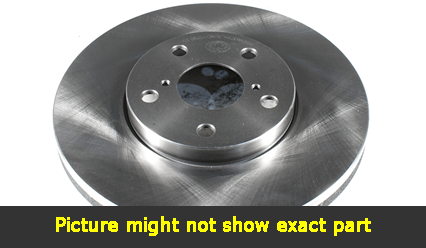
Part No: BR575108
Raybestos: 680982
OE:
Raybestos: 680982
OE:
$81.5 each
Per Car QTY: 2
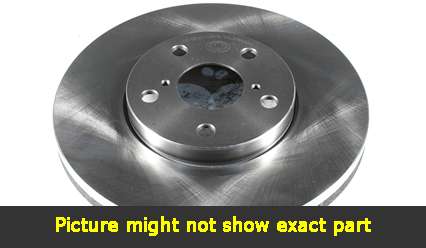
Part No: BR575109
Raybestos: 980983
OE:
Raybestos: 980983
OE:
$48.11 each
Per Car QTY: 2
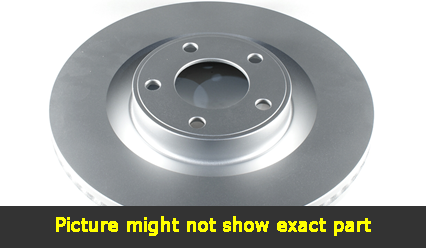
Part No: PP575108
Raybestos: 680982
OE:
Raybestos: 680982
OE:
$102.94 each
Per Car QTY: 2

Part No: PP575109
Raybestos: 980983
OE:
Raybestos: 980983
OE:
$60.79 each
Per Car QTY: 2

Ultra Plus Rotor
Position: FRONT LEFT
Fitment Notes: 352mm, Cross Drilled And Slotted, designed for Police
Position: FRONT LEFT
Fitment Notes: 352mm, Cross Drilled And Slotted, designed for Police
Part No: UP575108L
Raybestos: 680982L
OE:
Raybestos: 680982L
OE:
$118.53 each
Per Car QTY: 1

Ultra Plus Rotor
Position: FRONT RIGHT
Fitment Notes: 352mm, Cross Drilled And Slotted, designed for Police
Position: FRONT RIGHT
Fitment Notes: 352mm, Cross Drilled And Slotted, designed for Police
Part No: UP575108R
Raybestos: 680982R
OE:
Raybestos: 680982R
OE:
$118.53 each
Per Car QTY: 1

Ultra Plus Rotor
Position: REAR LEFT
Fitment Notes: 345mm, Cross Drilled And Slotted, designed for Police
Position: REAR LEFT
Fitment Notes: 345mm, Cross Drilled And Slotted, designed for Police
Part No: UP575109L
Raybestos: 980983L
OE:
Raybestos: 980983L
OE:
$81.49 each
Per Car QTY: 1

Ultra Plus Rotor
Position: REAR RIGHT
Fitment Notes: 345mm, Cross Drilled And Slotted, designed for Police
Position: REAR RIGHT
Fitment Notes: 345mm, Cross Drilled And Slotted, designed for Police
Part No: UP575109R
Raybestos: 980983R
OE:
Raybestos: 980983R
OE:
$81.49 each
Per Car QTY: 1
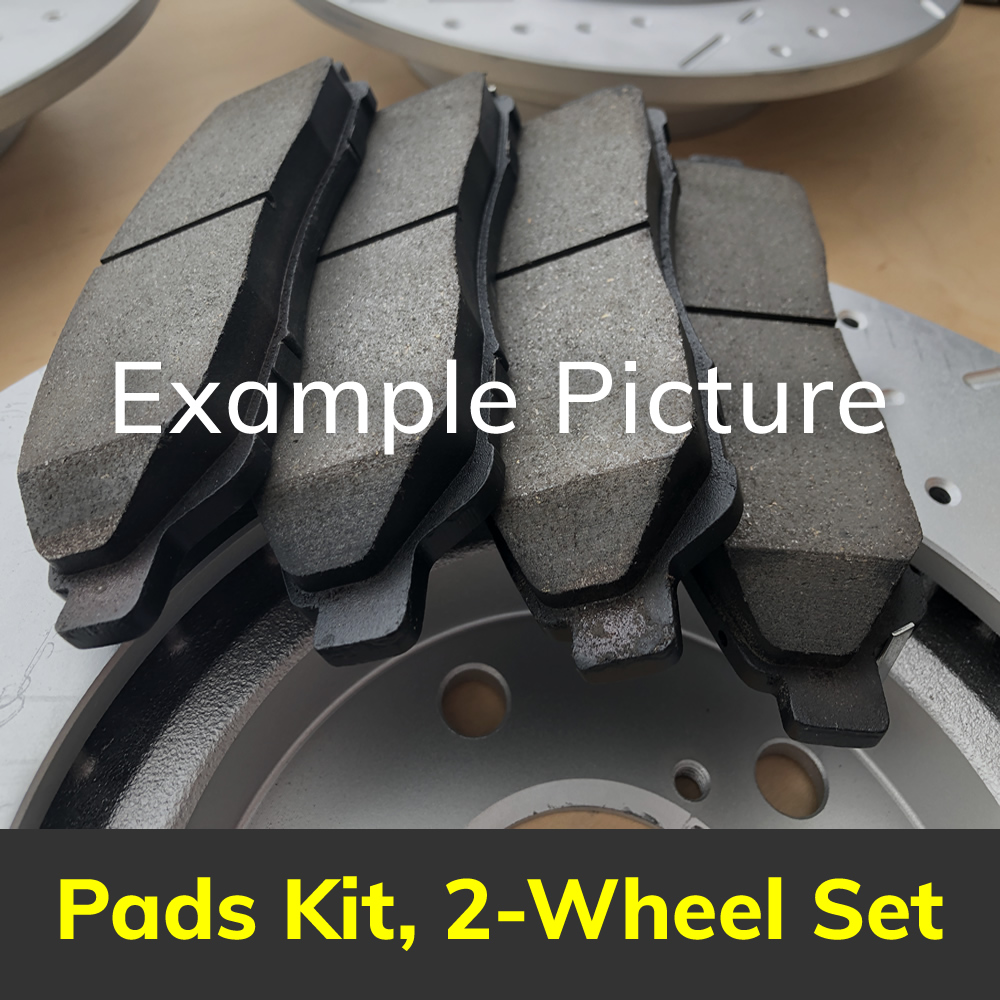
Part No: PD1611C
Raybestos: 1611
OE:
Raybestos: 1611
OE:
$50.24 each
Per Car QTY: 1
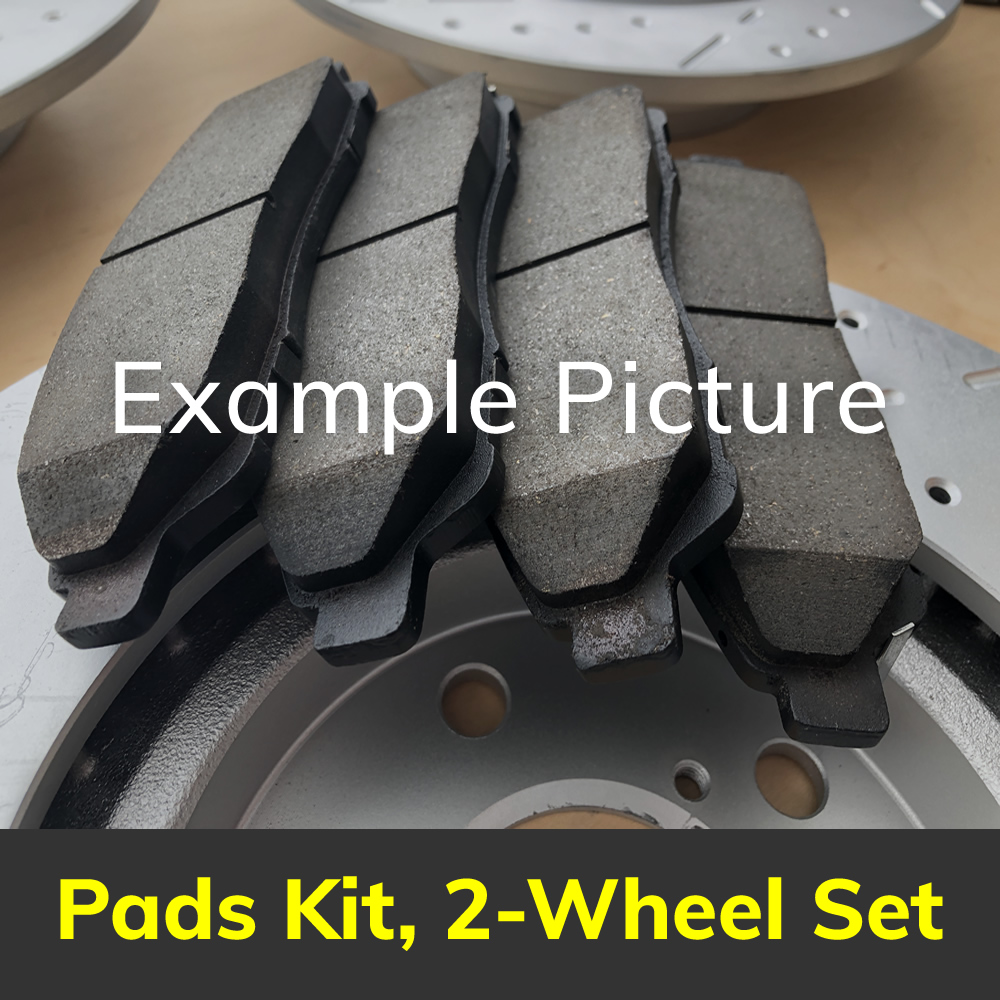
Part No: PD1612C
Raybestos: 1612
OE:
Raybestos: 1612
OE:
$38.27 each
Per Car QTY: 1
Choosing the right brakes for your 2013 Ford Police Interceptor Sedan is crucial to ensuring the safety and performance of your vehicle. With numerous options available in the market, it can be overwhelming to make the best decision. In this article, we will guide you through the process of selecting the brakes that are most suitable for your vehicle.
1. Consider your driving needs:
Before diving into the various brake options, it is essential to consider your driving requirements. Are you a patrol officer who frequently engages in high-speed pursuits? Or are you an administrator who primarily uses the vehicle for regular commuting? Understanding how you will be using your Police Interceptor will help determine the appropriate brake specifications.
2. Research the different brake types:
There are three main types of brakes to consider: organic, semi-metallic, and ceramic.
- Organic brakes: These brakes are composed of organic materials such as carbon, fiberglass, and rubber. They provide a smooth and quiet operation, making them suitable for everyday driving needs. However, they can wear out quickly and produce more brake dust.
- Semi-metallic brakes: Made from a combination of metal fibers and filler materials bound together, semi-metallic brakes offer increased durability and fade resistance compared to organic brakes. They have excellent heat dissipation characteristics, making them well-suited for heavy-duty use. However, they may be noisier and produce more rotor wear.
- Ceramic brakes: Constructed using a combination of ceramic materials and copper fibers, ceramic brakes provide superior stopping power and are known for being low-dust and noise-free. They offer exceptional heat resistance and have a longer lifespan, making them an ideal choice for high-performance applications. However, they tend to be more expensive than the other options.
3. Consider your driving environment:
The environment you primarily drive in can influence your brake choice. If you frequently drive in stop-and-go city traffic, brakes with good fade resistance and low dust production, such as semi-metallic or ceramic brakes, may be better suited. If your driving involves high-speed pursuits or requires heavy braking, a more durable option like semi-metallic brakes could be beneficial.
4. Assess your budget:
Budget is an important consideration when selecting brakes. Ceramic brakes, although excellent in terms of performance and longevity, tend to be pricier than organic or semi-metallic options. However, investing in higher-quality brakes might save you more money in the long run, as they can last longer before needing replacement.
5. Consult with a professional:
If you are unsure about which brakes to choose or need expert guidance, consult with a trusted professional mechanic or brake specialist. They can evaluate your specific driving needs and advise you on the most appropriate brake option for your Ford Police Interceptor Sedan.
In conclusion, selecting the right brakes for your 2013 Ford Police Interceptor Sedan involves considering your driving requirements, researching different brake types, assessing your driving environment, evaluating your budget, and seeking professional advice. By following these steps, you can make an informed decision, ensuring the safety and optimal performance of your vehicle.
1. Consider your driving needs:
Before diving into the various brake options, it is essential to consider your driving requirements. Are you a patrol officer who frequently engages in high-speed pursuits? Or are you an administrator who primarily uses the vehicle for regular commuting? Understanding how you will be using your Police Interceptor will help determine the appropriate brake specifications.
2. Research the different brake types:
There are three main types of brakes to consider: organic, semi-metallic, and ceramic.
- Organic brakes: These brakes are composed of organic materials such as carbon, fiberglass, and rubber. They provide a smooth and quiet operation, making them suitable for everyday driving needs. However, they can wear out quickly and produce more brake dust.
- Semi-metallic brakes: Made from a combination of metal fibers and filler materials bound together, semi-metallic brakes offer increased durability and fade resistance compared to organic brakes. They have excellent heat dissipation characteristics, making them well-suited for heavy-duty use. However, they may be noisier and produce more rotor wear.
- Ceramic brakes: Constructed using a combination of ceramic materials and copper fibers, ceramic brakes provide superior stopping power and are known for being low-dust and noise-free. They offer exceptional heat resistance and have a longer lifespan, making them an ideal choice for high-performance applications. However, they tend to be more expensive than the other options.
3. Consider your driving environment:
The environment you primarily drive in can influence your brake choice. If you frequently drive in stop-and-go city traffic, brakes with good fade resistance and low dust production, such as semi-metallic or ceramic brakes, may be better suited. If your driving involves high-speed pursuits or requires heavy braking, a more durable option like semi-metallic brakes could be beneficial.
4. Assess your budget:
Budget is an important consideration when selecting brakes. Ceramic brakes, although excellent in terms of performance and longevity, tend to be pricier than organic or semi-metallic options. However, investing in higher-quality brakes might save you more money in the long run, as they can last longer before needing replacement.
5. Consult with a professional:
If you are unsure about which brakes to choose or need expert guidance, consult with a trusted professional mechanic or brake specialist. They can evaluate your specific driving needs and advise you on the most appropriate brake option for your Ford Police Interceptor Sedan.
In conclusion, selecting the right brakes for your 2013 Ford Police Interceptor Sedan involves considering your driving requirements, researching different brake types, assessing your driving environment, evaluating your budget, and seeking professional advice. By following these steps, you can make an informed decision, ensuring the safety and optimal performance of your vehicle.


